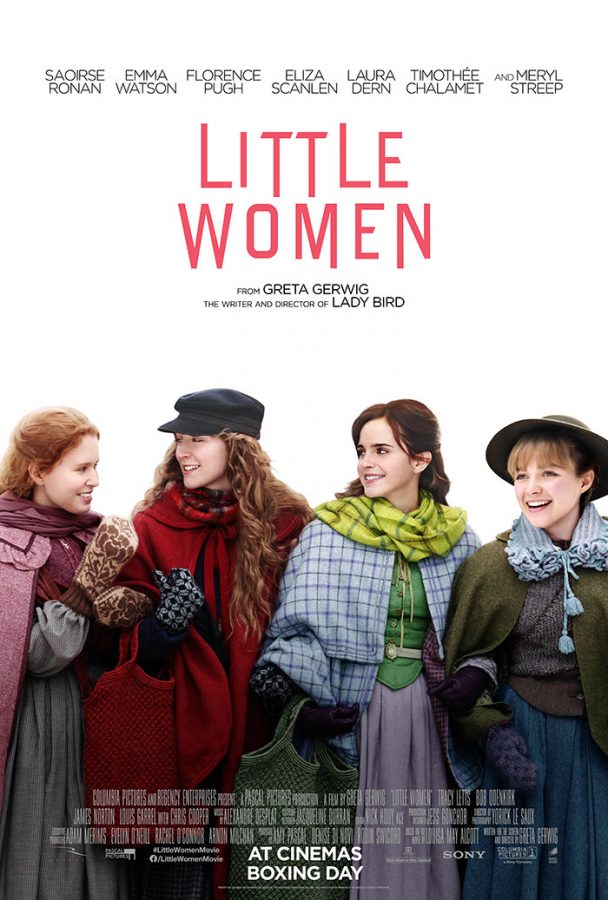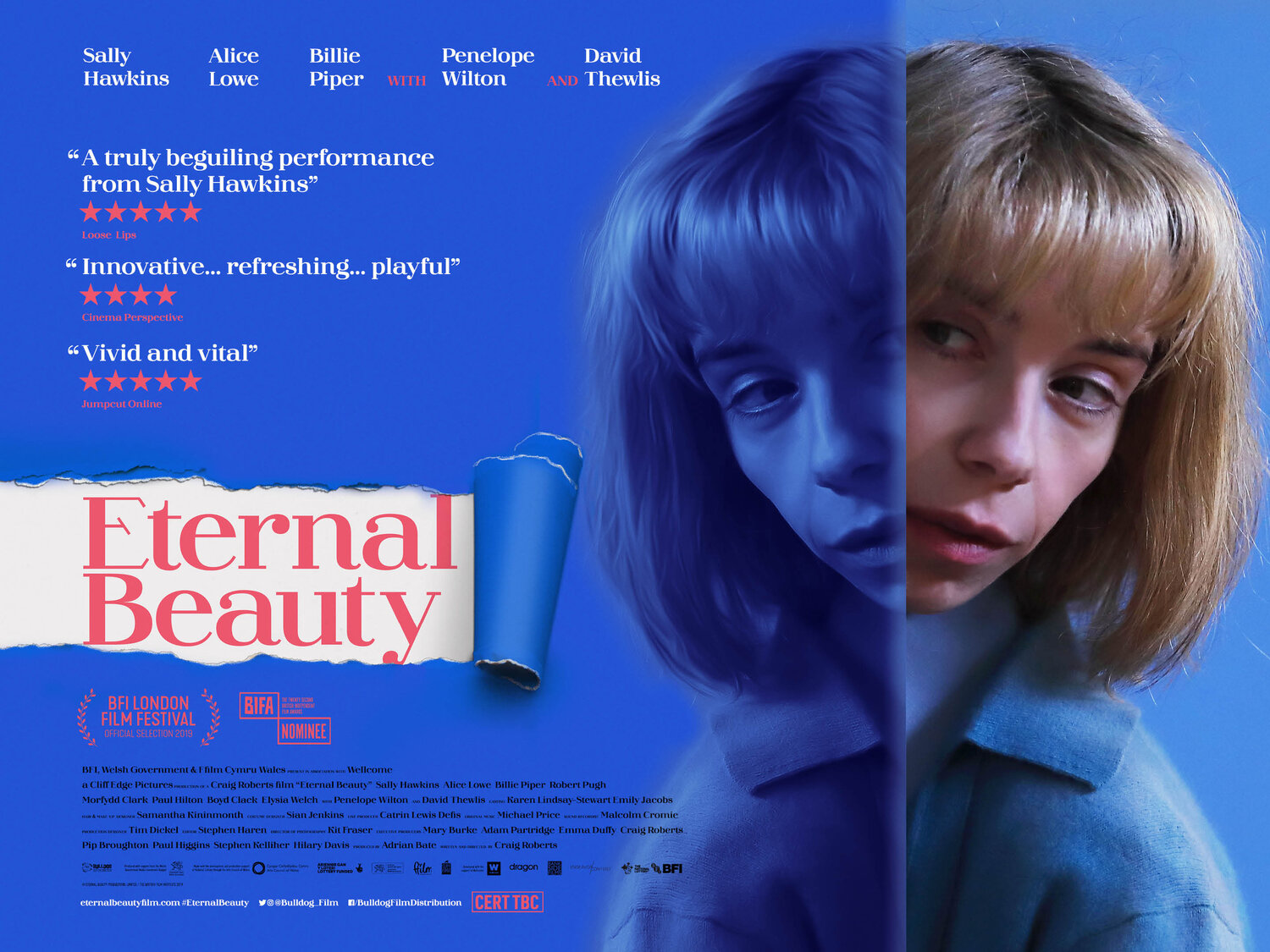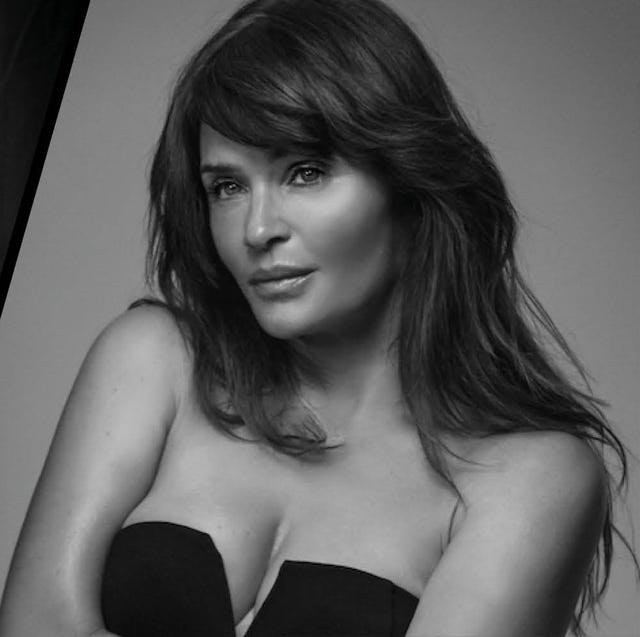Now, I have no illusions that I am any good at this sort of thing, and this is certainly not any attempt at providing a definitive history. There are, however, a few names that capture the imagination here.
Friday, 22 January 2021
Friday Five: Kings and Queens (and a Bonus Oddball) of Scotland
Now, I have no illusions that I am any good at this sort of thing, and this is certainly not any attempt at providing a definitive history. There are, however, a few names that capture the imagination here.
Friday, 15 January 2021
Friday Five: Favourite Books I Read in 2020
My Favourite Books I read in 2020
- The Penelopiad - Margaret Atwood (2005) - a retelling of the myth of Odysseus as narrated by the 'faithful wife' left behind while her husband travels the world having adventures. It's sharp and witty and short. 4.9/5
- A Gentleman in Moscow - Amor Towles (2016) - When people use words like charming and delightful, I tend to shy away, but this book is everything it promised to be. Count Alexander Rostov is sentenced to live out the rest of his life in house arrest in the Metropol Hotel in Moscow. He befriends the guests and the staff and manages to spin an epic tale in a confined environment. Published before hotel quarantine was a thing we all recognised, expect this to be made into a film. 4.8/5
- Ducks, Newburyport - Lucy Ellmann (2019) - I wasn't sure I ever would, because I borrowed it from the library twice (having to return it because it was reserved), but I finally finished it. And wow! Just wow! It's one hell of a challenge (what with being over a thousand pages long and nearly all one continuous sentence), but so rewarding. I am so glad I persevered with this book. It's so complex and insightful and devastating and affirming, and I'm going to miss it. 4.8/5
- Girl, Woman, Other - Bernardine Evaristo (2019) - The joint winner of last year's Booker Prize, this exploration into the lives of twelve black British women is absolutely life-affirming. Each narrative is individual yet they weave together, with some of the stories overlapping to create a tumultuous landscape of love, loss, sorrow and joy, while touching on timeless issues of race and feminism. This might sound worthy and intense: it is, but in the very best way. 4.8/5
- Becoming - Michelle Obama (2018) - Michelle Obama relates the experience of what it's like to be a black woman in a white man's world. She explains how it feels to sacrifice her own career to support that of her partner; to balance the needs of the country with those of her family while being under intense pressure and scrutiny; and how to remain true to her values in a job with no position description but an overwhelming weight of expectations. And she does it all with grace and style. 4.7/5
- The Warlow Experiment - Alix Nathan (2019) 4.5/5 - This novel is based on the true story of an eccentric Victorian gentleman, Herbert Powyss, who conducted an experiment; he placed an advert in a newspaper asking for a man to volunteer to be placed in isolation in his cellar for seven years with ‘every convenience desired’ but ‘without seeing a human face’. John Warlow was the only person who answered the advert, ‘a semi-literate labourer with a wife and six children to provide for’. Alix Nathan imagines how this experiment might have worked, or not, and she has created a rich novel of mental manipulation. She imagines that Powyss wants to see how a mind would cope without social contact and write up his findings to present to the Royal Society.
- The Story of the British Isles in 100 Places - Neil Oliver (2018) - Neil Oliver's story of the British Isles is very personal to him as he shares the places that he thinks are important to the story of who we are. It's fascinating to read his explanations, to remember landmarks or consider them in new ways. It also makes one consider which places one would include in an individual account (For the record, that would be Pendle Hill, Anfield, Manchester Free Trade Hall, Teddington Lock and Marlow Bridge for me.) 4.5/5
- Finding Baba Yaga - Jane Yolen (2018) - This contemporary retelling of an iconic myth is written entirely in blank verse. It is reminiscent of the artful design of a Russian Matryoshka nesting dolls, as elements of Slavic myth, Russian folklore and fairy tales cleverly fit among the contours of American realism. It also explores a number of themes including the nature and power of language, the journey from childhood to adulthood, the relationship between religion and language, ‘good’ and ‘bad’ words, the unique dynamic of female friendships and the mother/daughter relationship. It is familiar; it is unique; it is brilliant.4.4/5
- Dream Angus - Alexander McCall Smith (2006) - Part of the Canongate Myth Series, this novella adapts the Celtic myth of the Celtic God of Dreams. It's concisely and charmingly written and introduces vignettes of characters who drift through the story with all the strange combination of directness and magic that I expect from the writer of The No 1 Ladies Detective Agency and 44 Scotland Street series. 4.3/5
- The Inheritance of Loss - Kiran Desai - (2006) Winner of the Booker Prize 2006, and the reason I read fiction. It is an atmospheric elegy to a bygone era, taking the political (national divides; crumbling international alliances; religious and cultural diaspora) and making it personal (family relationships; love and tolerance; self-identity). Set in the Himalayas and the USA it has a wide scale and detailed language. 4.3/5
- Hollywood Wants to Kill You: The Peculiar Science of Death in the Movies - Rick Edwards and Dr Michael Brooks (2019) - According to the authors, “It may not sound great, but it is. Partly, because it’s an excuse to explore science. Much of scientific endeavour is really about finding ways to avoid death.” It is also an excuse to revisit disaster movies and question whether they really were as crap as you thought. Apparently, despite the fact that all trainee managers at NASA are shown Armageddon to see how many of the 168 factual errors they can spot, drilling a hole into the centre of an asteroid and blowing it up from within is still the best way of dealing with this potential threat. 4.3/5
- The Bear and the Nightingale - Katherine Ardern (2017) - A historical fantasy set in Medieval Russia that incorporates elements of Russian folklore? Yes please. A blend of mythical creatures and Orthodox Christianity? Yes again. Finding out that this is the first part of a trilogy that promises more evocative prose and atmospheric settings? Thrice yes!4.2/5
- The Wall - John Lanchester (2019) - Described as the new 1984, this is sharp and bleak dystopian fiction that isn't so far removed from the present. The younger generation have to patrol the wall and protect what is theirs from the Others who want to come and take it. If anyone gets over the wall, the same number of people (and those who failed to defend it) are put out to sea. It's very powerful and very grim. The first line is, 'It's cold on the wall' and I literally shivered all the way through this (short-ish 270 pages) novel. 4.2/5
Wednesday, 13 January 2021
You'll do girl, you'll do: Finding Baba Yaga
Teenaged Natasha lives with her
parents, and knows she must get away from them and their constant fighting. Ever
since her father has discovered religion, it has become worse as he monitors
her language and behaviour. She runs away into the forest but, although the
woods, stones and water are a recurring fairy tale image or reference, this is
not the one familiar from storybooks and the settings are slightly skewed; “The forest opens like a yawn,/ as if it
knew I was coming,/ has seen me before,/ can’t be bothered to resist.” We
recognise the motifs of the lost child in the woods, but Yolen suggests there
is more to the story if we look, listen, and abandon our preconceptions. At the
end of Chapter Two, The Runaway, in This Is Not a Fairy Tale she writes, “Expect no princes./ Expect no magic rings./
Expect no glass slippers./ Expect no fairy godmothers. / Expect no singing
dwarfs. / Expect no talking dragons. / Expect only/ seven deadlies delivered:/ exhaustion,/
boredom,/ regret,/ hunger,/ anger,/ danger,/ death./ All part of God’s taketh
away.”
And then she encounters Baba
Yaga, with all of her traditional traits. She lives in a house which turns
about on its chicken legs: “It is like
living on a house boat:/ the swell of the waves, the turn of the tides,/ a
moment of emotion, with the ‘e’ removed.” She is a tough old woman with an
iron nose, and the contemporary references to strong women are apparent; “She’s tougher than Clinton or Thatcher ever
were.” This clash of realism and magical imagery continues as she explains
how Baba Yaga flies through the sky in her mortar, guided by her pestle, but no
one see her “unless you count bad dreams”. She flies “across tundra, taiga, major highways,/ avoiding traffic jams,
roundabouts,/ only bothering the occasional helicopter/ or low-flying private
planes.”
Natasha learns to tell her story,
and that “A story is, not always means.”
It may be grim – “I think I know now/
there are no happy evers./ Only happy moments.” – but she grows as a
narrator, examining the meanings of words and exploring postmodernism through
form and structure, drawing attention to the artifice of the narrative. “I am becoming a poet./ I am thinking in
metaphors./ I am walking through a poem.”
Friday, 8 January 2021
Friday Five: Happy Cross-Stitch
A friend saw this image and thought of me -I can't imagine why! She sent it to me and I turned it into a cross stitch pattern. Now, the question is to who do I give it? There are so many possible recipients!
The following designs are Mandala cross stitch patterns from a calendar that a colleague had at work. She printed them off for me and I enjoyed making them. I didn't always have the exact colours that were specified, but I had a stab (as it were) so they may not be quite true to the original pattern, but I like the art anyway.
Tuesday, 5 January 2021
My Newest Favourite Thing: The Unicorn Tapestries
 |
| 1. The Hunters Enter the Woods |
 |
| 2. The Unicorn is Found |
 |
| 3. The Unicorn is Attacked |
 |
| 4. The Unicorn Defends Itself |
 |
| 5. The Mystic Capture of the Unicorn |
 |
| The Unicorn is Killed and Brought to the Castle |
 |
| Some of the threads on bobbins |
 |
| Blue and green should never be seen... |
Friday, 1 January 2021
Friday Five: Best Films of 2020
- 1917 - 'Do we really need another war film?', I thought to myself. The answer is yes, if it's directed by (Sir) Sam Mendes, a man who understands both acting and spectacle. He brings all the tricks of the stage to this brilliant drama. Part war story; part epic quest; part folk narrative; part natural cycle; part spiritual journey, with fantastic cameos (Colin Firth; Andrew Scott; Mark Strong; Benedict Cumberbatch; Jamie Parker) to complement the superb leads. And the single shot cinematography is sensational and works wonderfully to interpret the tension. Our heroes and saviours are not knights and generals but ordinary folk.
- Jojo Rabbit - With moments of exquisite pathos and almost painful black humour, Taika Waititi has directed a piece of brilliance. Young Jojo (Roman Griffin Davis) tries to come to terms with the changing political events in Nazi Germany while trying to become a grown up, belong to a group, and retain humanity and empathy - not so very easy when your imaginary friend is Hitler (Taika Waititi) and your mother (Scarlett Johansson) is secretly sheltering a Jewish girl (Thomasin McKenzie) in the attic. Sam Rockwell brings sensitivity and humour to the deeply flawed Captain Klenznedorf, with Rebel Wilson striking the only wrong note as her performance is tonally out of tune with the rest of the cast. The film is amazing: funny and poignant and shocking and absurd. I loved it!
- The Lighthouse - A black and white masterpiece of acting (Robert Pattinson; Willem Defoe) and direction (Robert Eggers), as two men attempt to retain their sanity while living at a remote lighthouse in New England in the 1890s. The cinematography (Jarin Blashke) remains tight as the mentality unravels, and the soundscape (Damian Volpe) is exquisite and intense. Hallucinations and judicious editing (Louise Ford) nudge the picture towards horror, and thoughts of romantic getaways to lighthouse keepers' cottages are left far behind.
- Les Misérables - It’s so much better without the songs... Heart-racingly brilliant with such tension and angst, I’m not sure I breathed for the last hour. A gendarme from the provinces (Damien Bonnard) joins an established and corrupt duo of street-wise policemen (Alexis Maneti and Djebril Zonga) in the inner-city suburb of Paris where Victor Hugo wrote his famous novel. The divisions of race, class, and effects of poverty on perception of crime are as relevant now as then, and metaphors abound as we see things from different perspectives (drones above and staircases below). This began as a short film (also written and directed by Ladj Ly) from 2017, and has extended into this 104-minute picture. Not one of those minutes is wasted.
- Little Women - I used to think I was Jo; now I'm worried I may have been Amy. I didn't think I needed to see yet another version of Little Women, but this was a touching and heartfelt adaptation: beautifully acted (Saorise Ronan; Emma Watson; Florence Pugh; Eliza Scanlon; Laura Dern; Timothée Chalomet) and directed (Greta Gerwig). Yes, I read it as a child and am invested in the story, but I always felt the ending was a cop-out and it raised my emerging feminist ire; this adaptation reassigns motives and I am happier with it (although my thoughts on whether to create art or children probably remain controversial). Moving the timeline around brings a fresh perspective (many purist critics dislike it and that's understandable, but it is an adaptation not a slavish recreation); it makes the women more active in their own stories rather than being responsive to events that happen to them. On a totally related note: I love and miss my sisters so much.
- The Personal History of David Copperfield - The novel is a mad caper and so is the film, full of joy and charm and picaresque moments. Again, as an adaptation, it cannot hope to cram everything in, but director Armando Iannucci certainly knows what he's doing. He is assisted by a spectacular cast including Dev Patel (as the titular character), Hugh Laurie, Daisy May Cooper, Peter Capaldi, Tilda Swinton, Ben Wishaw and Paul Whitehouse, who all bring zest and energy to their roles. Iannucci and co-writer Simon Blackwell handle the tale with respect and reverence, tweaking bits here and there for a contemporary audience while never losing sight of the importance of a boy growing into a young man through learning and education, which are not the same thing.

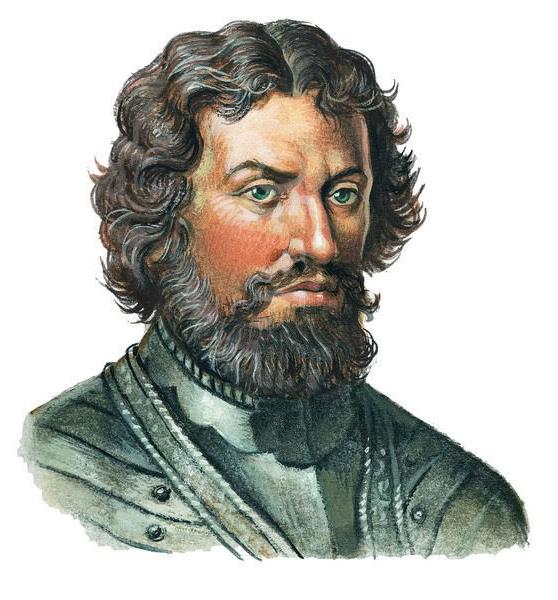
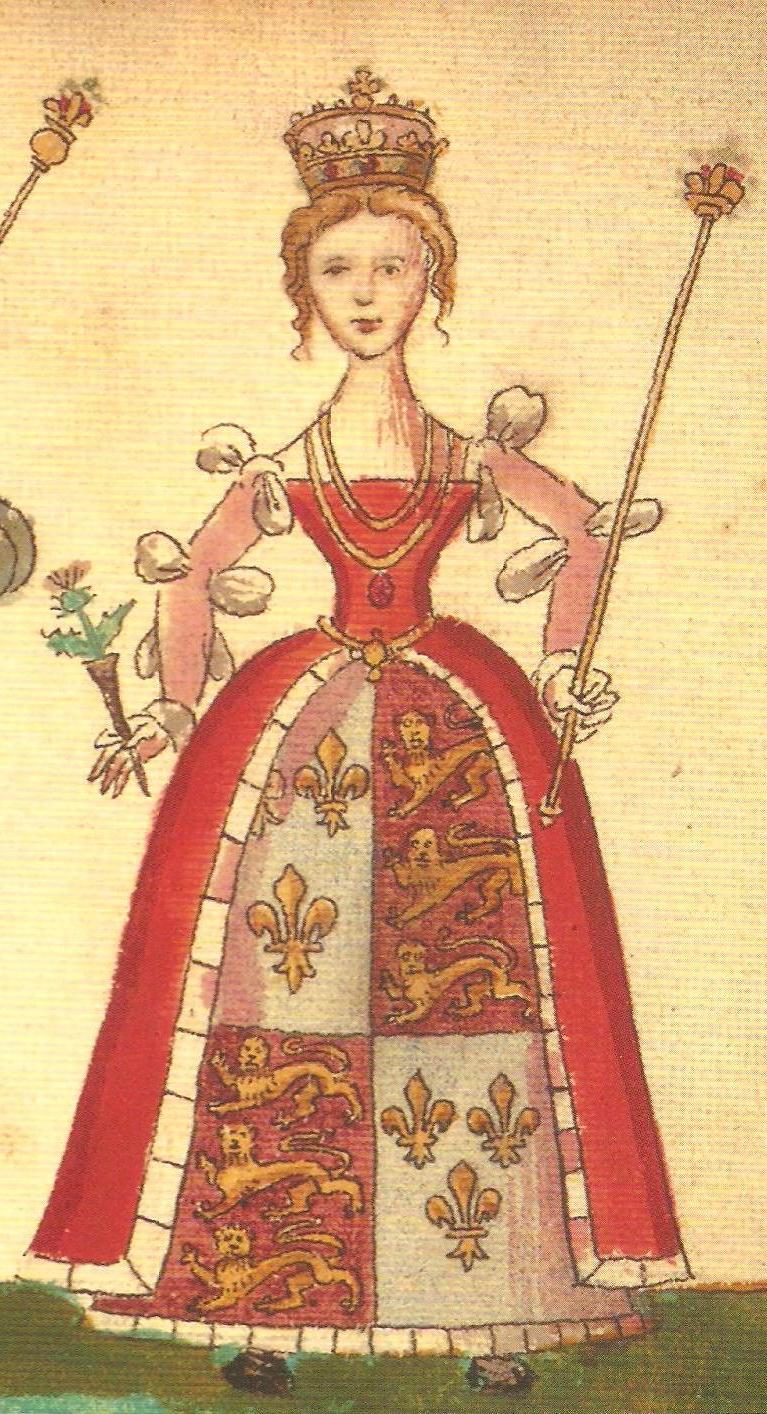

















_Film_Poster.jpeg)
